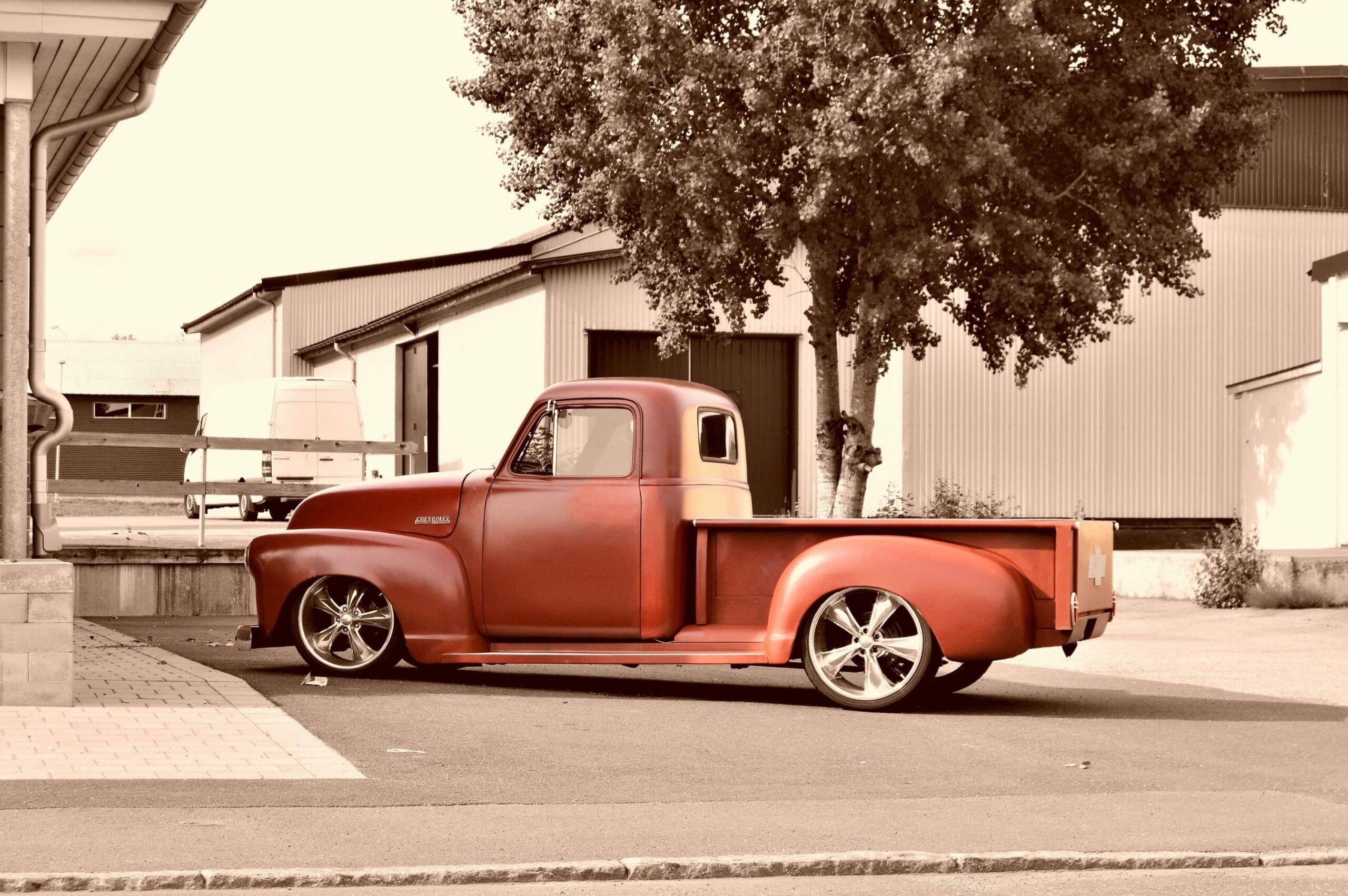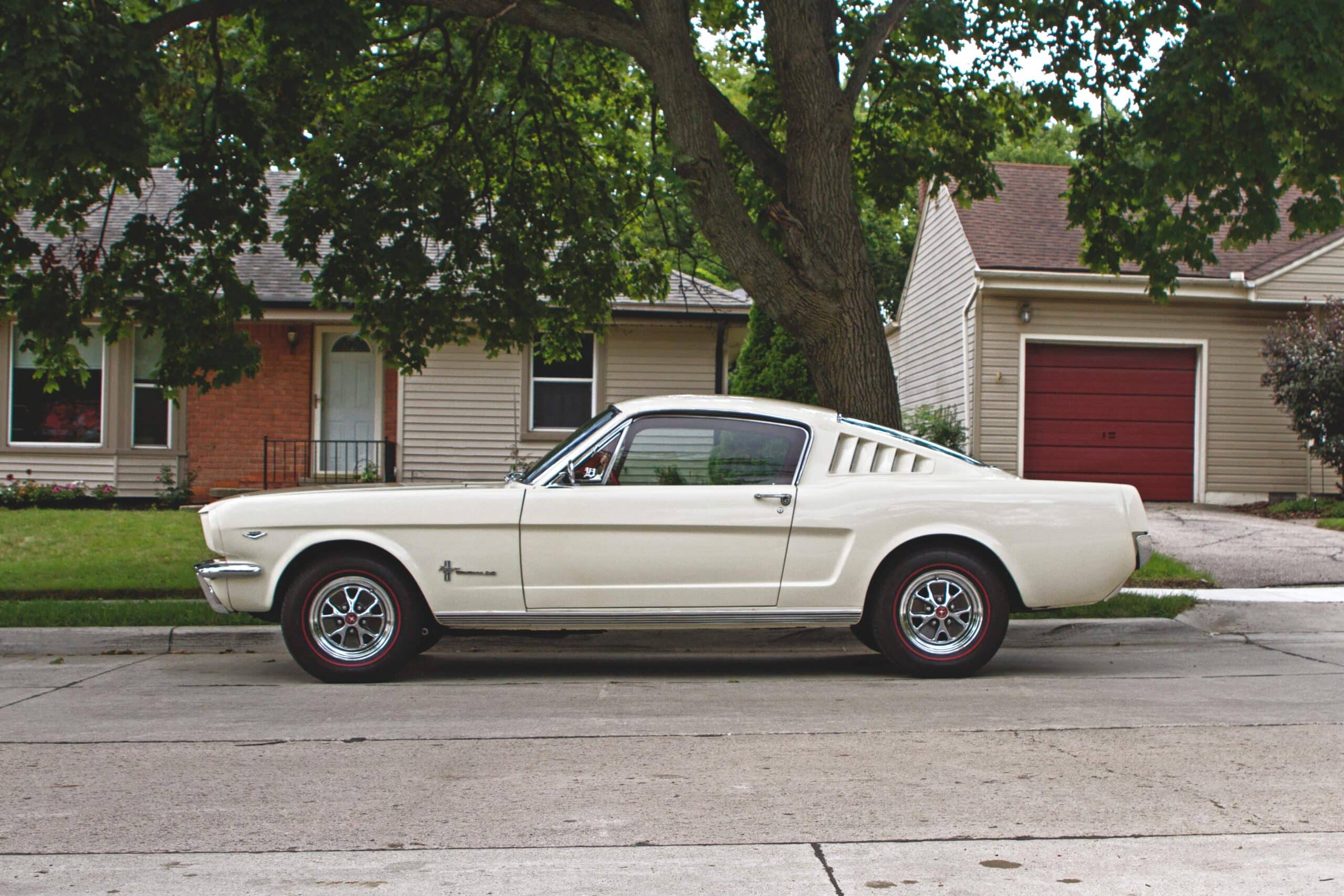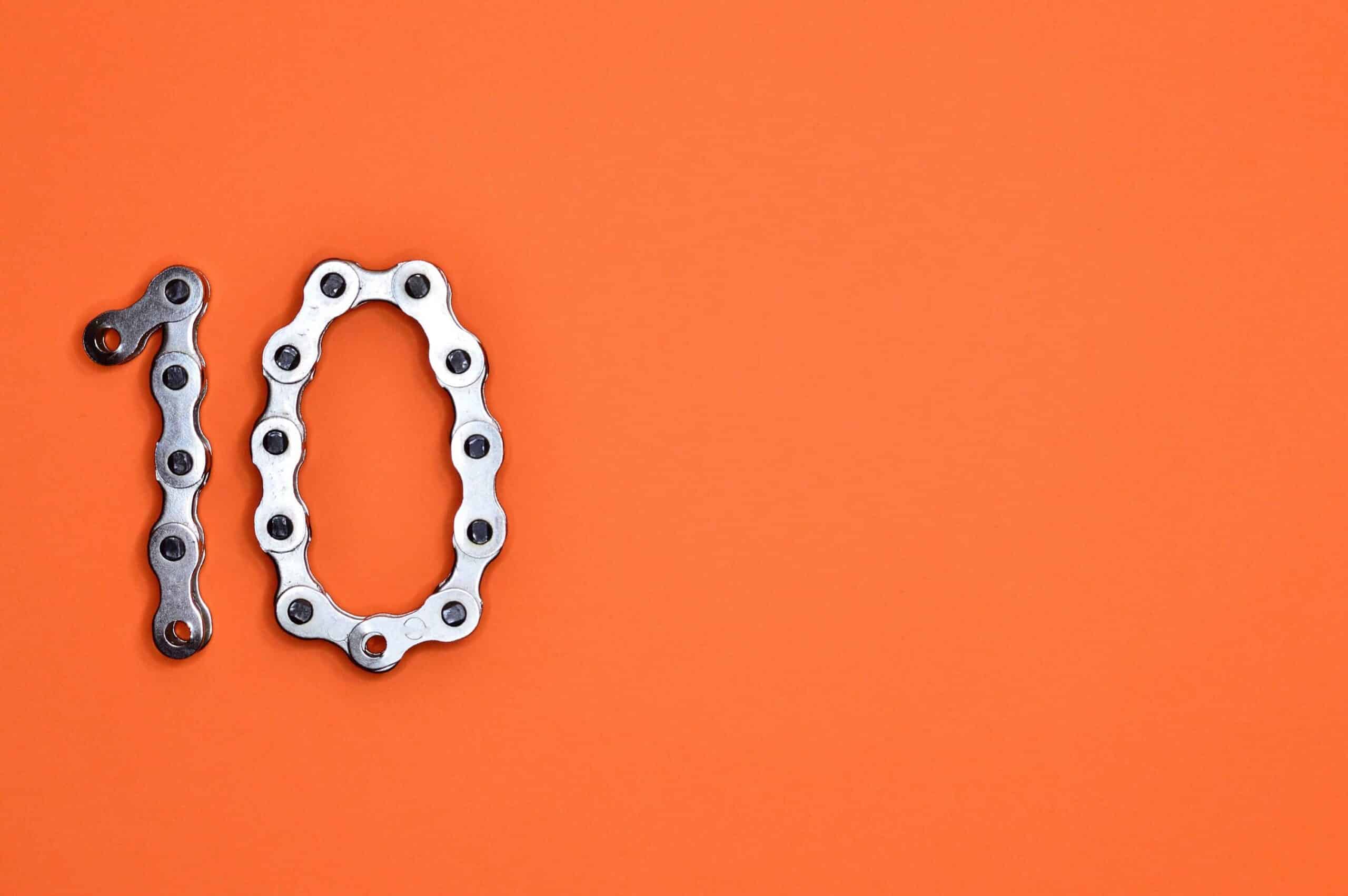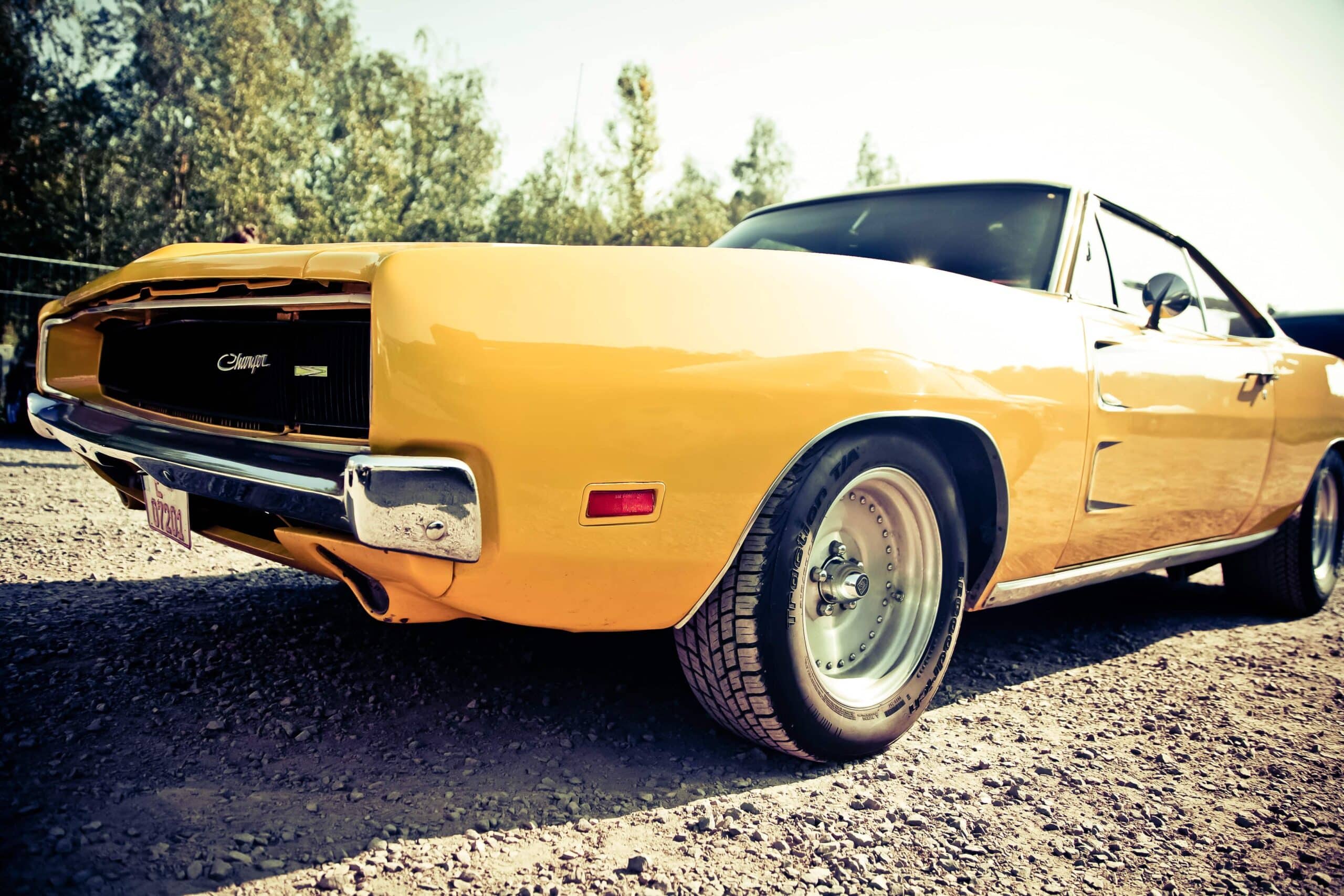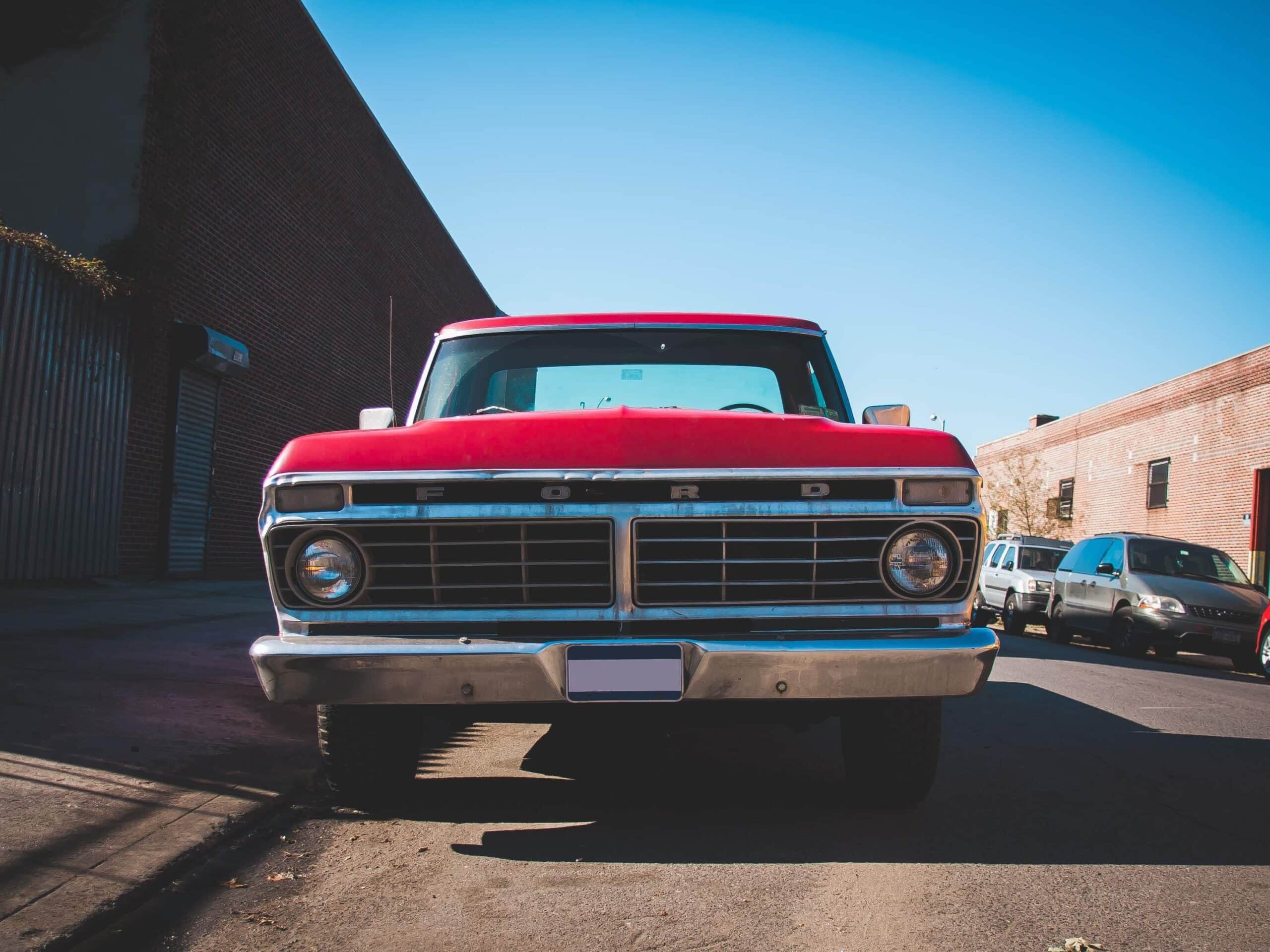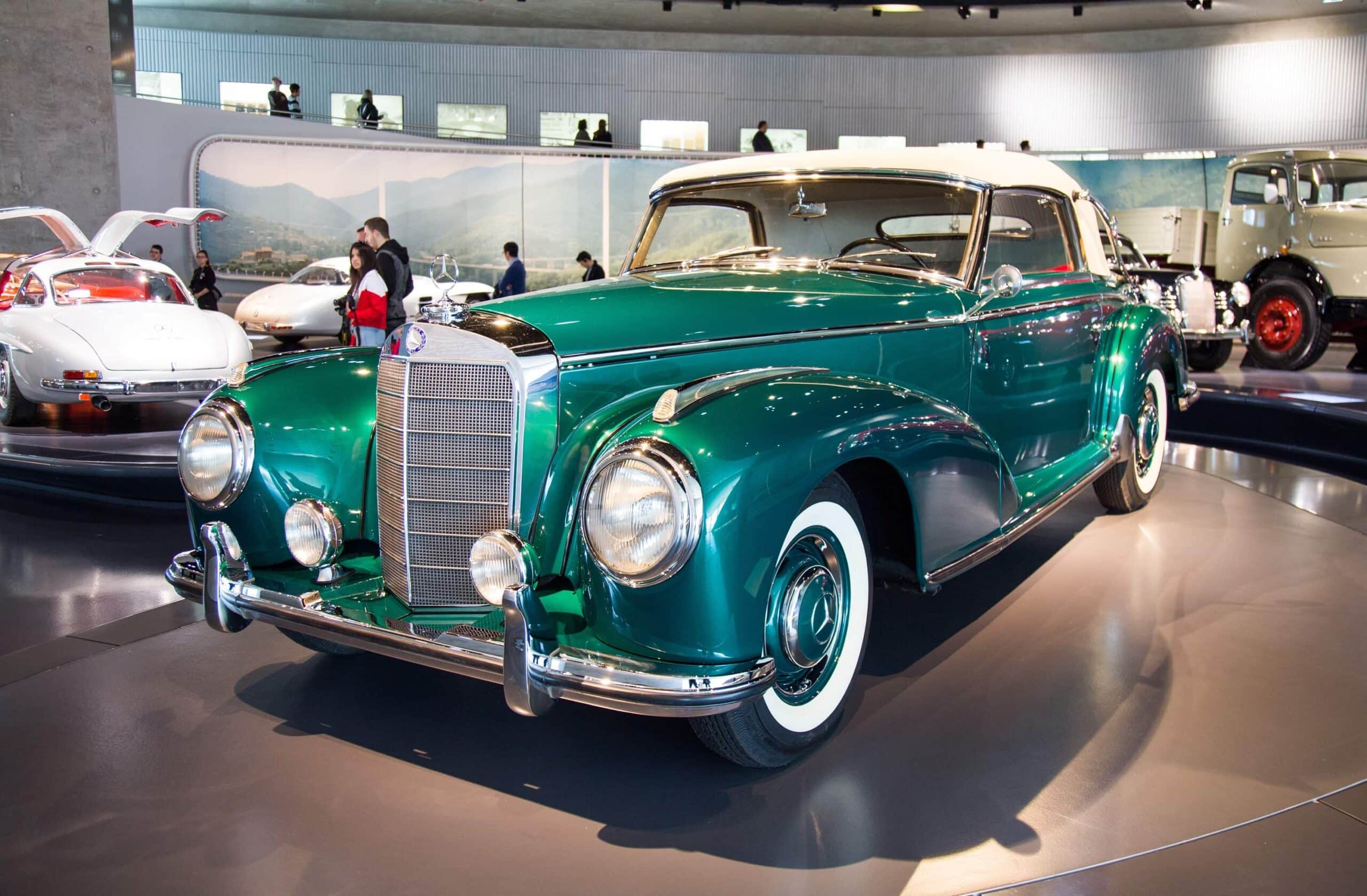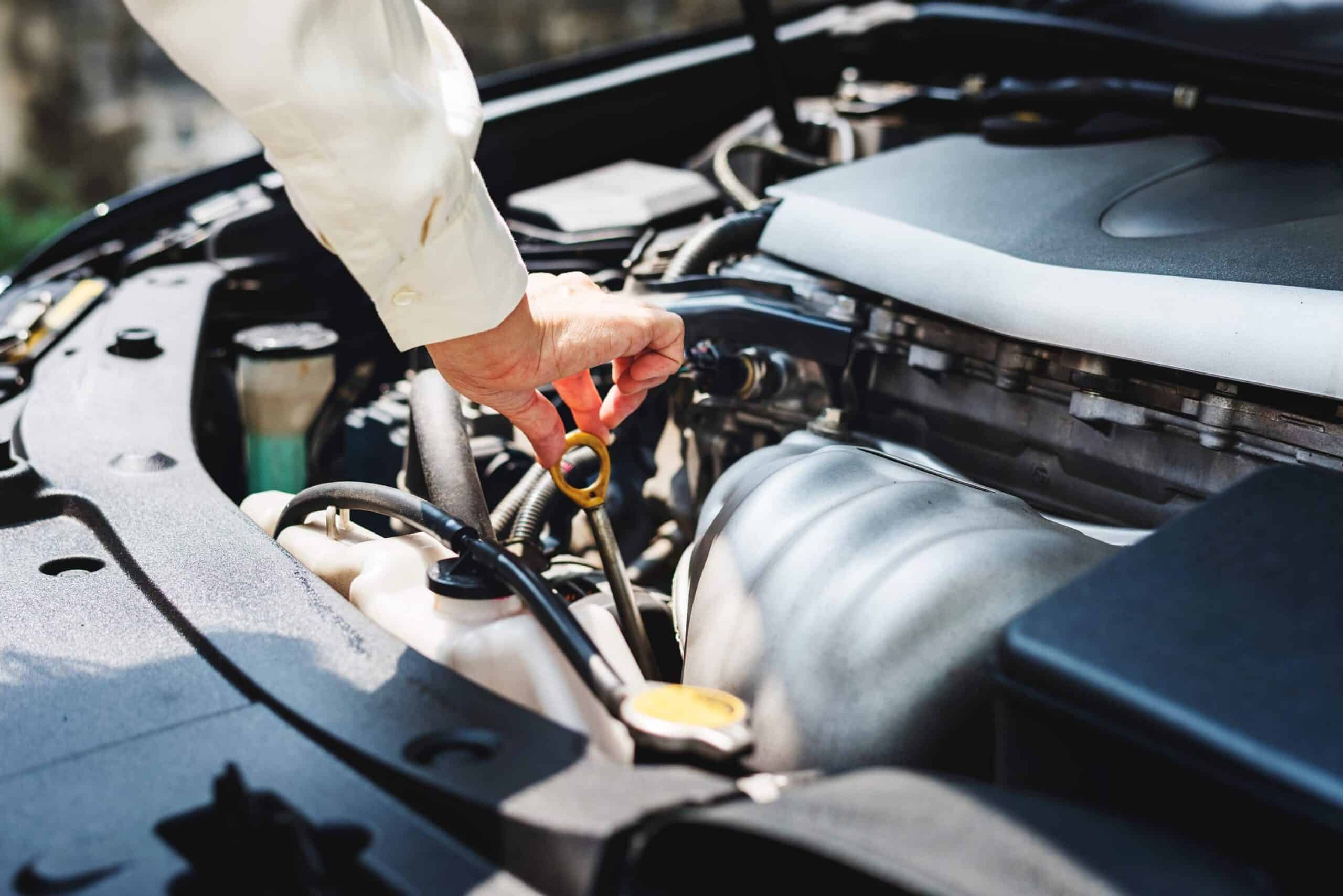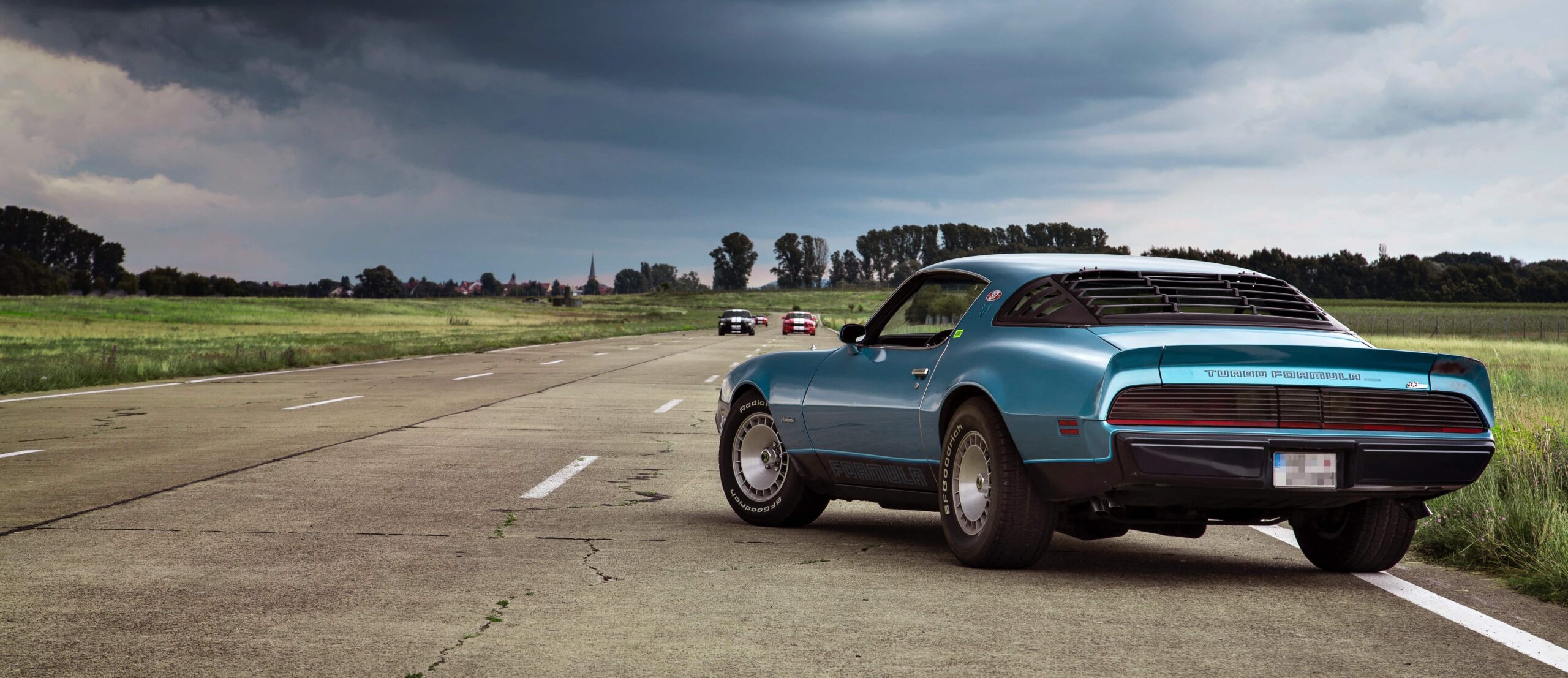
If you are looking for a way to upgrade your classic muscle car’s Powerglide or TH350, then you would be hard-pressed to find a better answer than the 700R4, or the 200-4R. Yet while the 700R4 is often seen as the more popular successor to the throne of the TH350, the 700R4 is not going to squeeze into every build, not is it necessarily the best fit for your car – especially if you are going forward with a lot of aftermarket work in mind.
If you are looking for an upgrade to your old muscle car and want something that both packs a punch and substantially improves your fuel efficiency, then the 200-4R is the right place to start. Its bellhousing, drive shaft, and mechanical speedometer make it a superior fit for vintage cars, and its sturdier build and better torque capacity make it the better non-electronic 4-speed overdrive transmission for classic GM performance builds.
It is not very costly, can still be found scrap/salvage yards and in junk shops, and is reasonably affordable. And remember, if you snag yourself a late-model 200-4R from one of the more recent productions, it will handily outdo the stock 700R4 found in older vehicles.
It is by no means a perfect transmission and the 700R4 will typically outdo it, and even if you pick up a newer stock version from the wrecking yard at a bargain you will still have some ways to go to making it race-worthy, but a little magic and some elbow grease will turn the 200-4R into your personal holy grail of power and fuel efficiency.
History of the GM 200-4R Transmission
The 200-4R was a continuation of the Turbo Hydramatic line of GM transmissions, specifically being the successor of the TH200, a light-duty TH350 designed to improve fuel efficiency in the face of the oil embargo of 1973.
Years later, in 1981, the TH200 was replaced by the newly-introduced 200-4R, a 4-speed automatic overdrive transmission used in high-power GM trucks and cars, including the Buick Grand National and Pontiac Firebird Trans-Am. The 200-4R can be found in various GM B-body vehicles, C-body vehicles, G-body vehicles, and D-body vehicles.
Similar in build to the TH350, the 200-4R proved to be a great update to the outdated 3-speed transmission in builds where an overdrive gear was a must. Eventually, in 1990, the 200-4R was phased out for the 700R4, and later iterations of the same transmission including the 4L60 and 4L60-E.
Rundown on the Numbers
The 200-4R is a 4-speed automatic overdrive transmission by GM, capable of fitting into most Chevy’s from the 80s and before, built similarly to the TH200 and TH350, as well as the 2-speed Powerglide transmission. Build with a torque converter lock, a 27-spline input/output shaft, 11-quart fuel capacity, a case length of about 27” and a width of about 19”, and an aluminum outer casing, its torque capacity outdoes even the reliable 700R4 of the time. Its gear ratios are:
- 1st gear: 2.74
- 2nd gear: 1.57
- 3rd gear: 1
- 4th gear: .67
The 200-4R uses a throttle valve cable, which can be replaced based on the exact specifications and compatibility of your car. A mismatched throttle valve cable can wear the transmission out faster, so make sure your cable matches your car’s throttle bracket and carburetor.
Telling a 700R4 apart from the 200-4R is thankfully quite easy, and doesn’t require you to look under the hood. The 200-4R comes with a unique-looking 16-bolt transmission pan, much like the 700R4 and 4L60 but completely different in design. The pans on the 700R4 and 4L60 are square, whereas the 200-4R tapers off on one side. The TH350, on the other hand, looks much like the 200-4R but comes with only 13 bolts.
Because of the similarities in both the size and design of the 200-4R and the TH350, the 200-4R offers a much simpler update to a 4-speed overdrive transmission in your older car than the 700R4 does.
Why Choose the 200-4R Transmission?
The primary reason for picking a 200-4R over the 700R4 boils down to what kind of car you have, and what you are building for. The 200-4R comes with better torque capacity and is a much more straightforward fit into cars that originally sported the 3-speed TH350 or 2-speed Powerglide, but its availability and lack of durability vs. the 700R4 means it may not be a good fit for newer vehicles from the time.
The gearing on the 200-4R is also much more similar to that of the TH350, giving it another plus point as the ideal upgrade to 4-speed overdrive on older Chevy’s. For the most part, even the biggest incompatibilities would require very little modification for a bolt-in.
Versus the 700R4, the fourth gear (overdrive) is slightly more aggressive, rotating at about 3% lower RPM and thus making for a more fuel-efficient transmission. Versus later electronic models (such as the 4L60E), the 200-4R is both more affordable and simpler to work with, although concerns around the integrity of the TV cable and difficulties that often arise when trying to adjust it are always factors to take into consideration.
Of course, there are plenty of reasons to admire and pick the 700R4 over the 200-4R – if the circumstances are right. There is no definitive answer – it always depends on what you have got on-hand, and what you are aiming to accomplish. Even if the 700R4 happens to be a slightly better fit for you, you might end up saving more if you find a late-model 200-4R for a better bargain.
Modernizing the 200-4R for Better, Higher Performance
As good as a transmission can be in its pure and intended form, nothing beats what a custom build can get you. And with the right aftermarket parts and some effort from a GM transmission expert, the 200-4R can go from being an aluminum transmission straight out of the 80s, into being a 21st-century powerhouse for performance-oriented muscle cars, complete with a reliable overdrive and heavy-duty materials.
When power becomes a necessity, a customized 200-4R transmission with the appropriate torque converter can hit over 700hp and 675 ft.-lbs. torque, coming in complete with the works, from a high-capacity 30,000 GVW transmission cooler, hardened input shaft, stator shaft and bearings and rings, to a high-capacity pump assembly, 10-clutch direct drum assembly, brand new transmission pan and much more.
